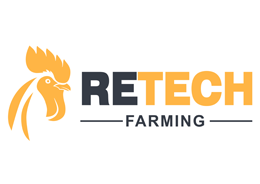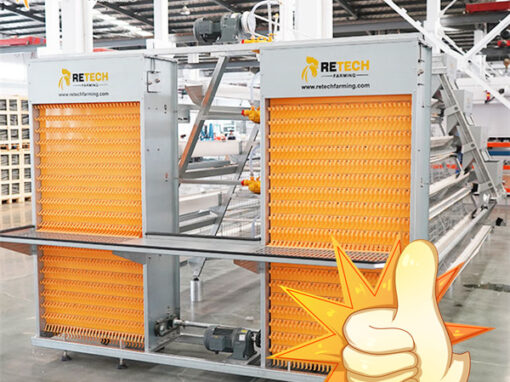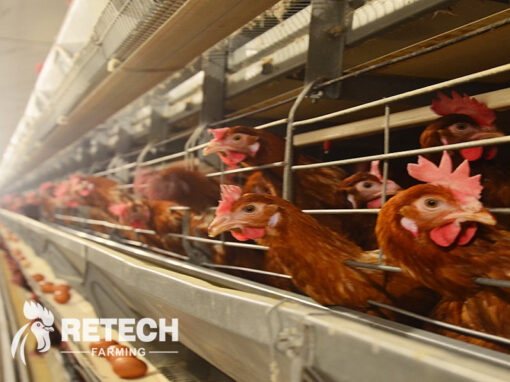Laying hens refer to chickens that are raised to lay eggs to supply eggs. Eggs are the main source of income for laying hens. Different from broiler chickens, the main subject of people raising laying hens is to improve egg quality and maintain or increase egg production, not to improve chicken quality. Scientific breeding technology is the prerequisite for high yield of laying hens.
We eat too many eggs, but few people know how long a laying hen period is. How long is it from hatching to elimination?
Theoretically speaking, the growth cycle of laying hens is generally about 520 days, and it takes about 120 days from shelling to laying eggs. After 300 days of laying eggs, the egg production performance will decline, and basically they will be eliminated at about 470-500 days.
- Create a suitable living environment for laying hens. In order for laying hens to produce more eggs, it is necessary to try to create a suitable growth and laying environment for the chickens, and to adopt corresponding supporting feeding and management measures according to the changing rules of different seasons. In the high temperature and high humidity season in summer, it is necessary to pay attention to heatstroke prevention and cooling, strengthen the ventilation in the poultry house, maintain a dry environment and sanitation, and provide sufficient and clean drinking water to the chickens to improve the feed intake of the chickens.

- Pay attention to saving feed. The biggest expense of raising chickens is feed.
- Light has a great influence on the reproductive function of chickens. Increasing light can stimulate the secretion of sex hormones and promote egg production, and shortening light will inhibit the secretion of sex hormones, thus inhibiting ovulation and egg production. Stimulate and maintain the balance of egg production by controlling the light of laying hens.
- Hygienic breeding environment of laying hens After being caged, the chickens are not familiar with the environment, coupled with a series of management procedures, which cause great stress to the chickens. Pathogens are invading, so epidemic prevention and sanitation work must be strengthened. Prevent outsiders from entering the breeding area and chicken coop. Breeders must disinfect before entering, keep the environment of the chicken coop, drinking water and feed hygienic, regularly carry out chicken disinfection and disinfection inside and outside the chicken farm to reduce the occurrence of diseases.
Strengthen the observation of the behavior of laying hens, observe the feed intake, respiration, feces and egg production rate of the chickens, and solve problems in a timely manner. Before and after laying, chickens undergo drastic physiological changes, are sensitive and restless, and are prone to neck hanging and wing pricking. More inspections should be performed to detect and deal with them early to reduce deaths. Pay attention to observation, and timely discover prolapsed chickens, anal pecking chickens, bullied chickens and sick and disabled chickens, and pick out and deal with them.
We are online,what can i help you today?
Please contact us at:director@retechfarming.com;whatsapp: 8617685886881


